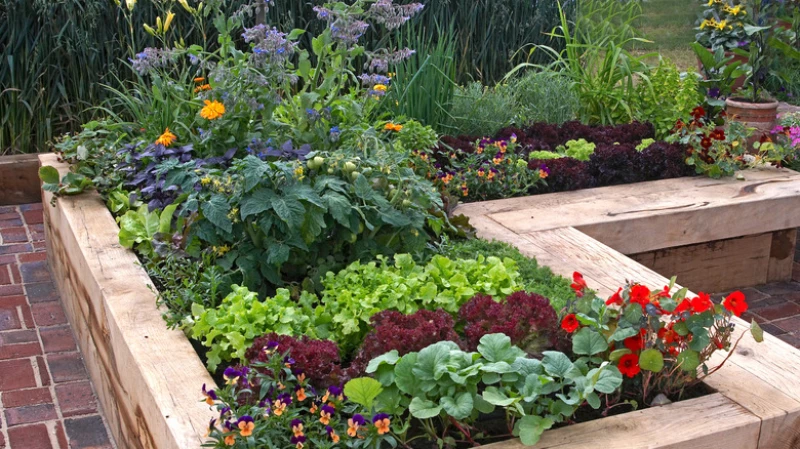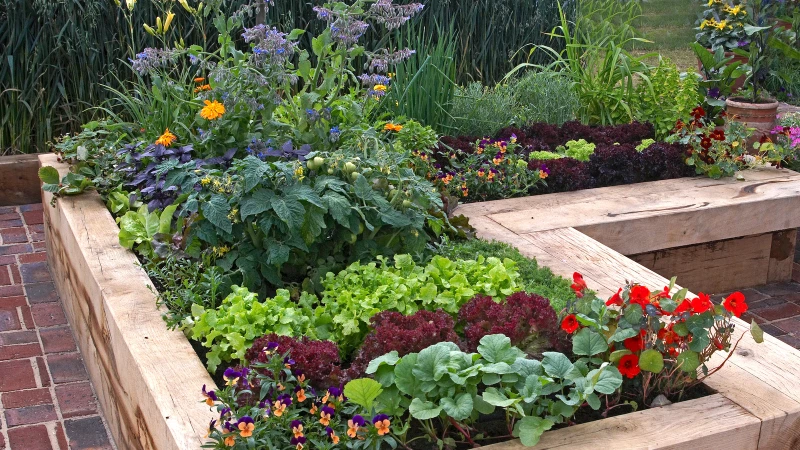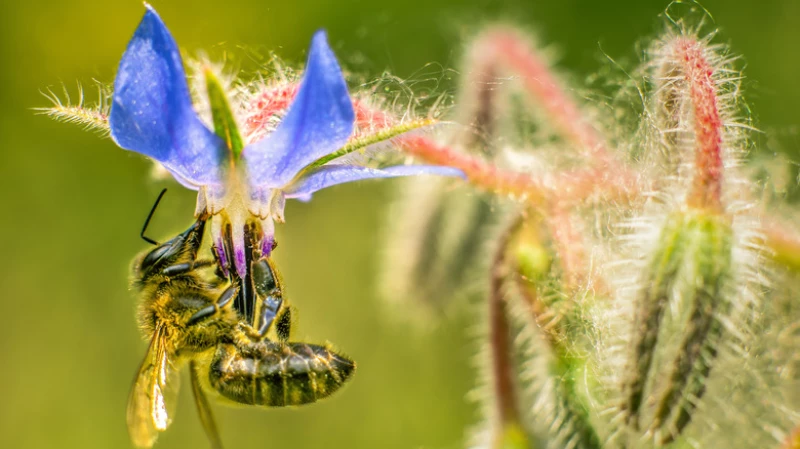When it comes to growing cabbage in your home garden, it's important to choose the right companion plants. Cabbage is a popular crop for gardeners in cooler climates, with seeds typically planted a few weeks before the last frost in spring for a summer harvest. Planting borage (Borago officinalis) alongside your cabbage can have multiple benefits. Not only does borage attract beneficial insects and repel pests, but it also helps fertilize the soil, resulting in healthier cabbage plants. Consider adding borage to your cabbage patch for a more successful harvest this year.
Borage: The Multi-Purpose Plant for Your Garden

Looking to add a versatile plant to your garden? Consider borage, also known as starflower, a beautiful flowering plant with fuzzy leaves and vibrant blue petals that can serve multiple purposes in your garden.
Borage thrives in full sun but can also tolerate partial shade, making it adaptable to various garden environments. This plant is not only visually appealing but also offers practical benefits. Some parts of borage are edible and can be used as herbs or in cooking, adding a unique flavor to your dishes.
What's more, borage is low-maintenance and self-seeding, meaning it will come back year after year without much effort on your part. You can even collect its seeds to expand its presence in your garden or rotate its location to benefit other plants like cabbage.
Borage: A Gardener's Best Friend
One of the most significant advantages of planting borage in your garden is its ability to attract beneficial insects while repelling pests. By growing borage near your cabbage crops, you can encourage pollinators like bees, parasitic wasps, and hoverflies to visit your garden, aiding in the growth of your plants.
These pollinators play a crucial role in the success of your cabbage yield, making borage a valuable companion plant. With its attractive flowers and multiple benefits, borage is a must-have for any gardener looking to enhance their garden's beauty and productivity.
Benefits of Borage in the Garden
In addition to attracting pollinators, borage also helps keep pests at bay. Bees and wasps prey on tomato hornworms and cabbage worms, which can otherwise threaten your cabbage crop. Lacewings also lay their eggs on borage leaves, and the smell repels tomato hornworms. Since cabbage worms and hornworms chew holes in the leaves of the cabbage plant and leave residue and fecal matter behind, having them around can significantly decrease the output and quality of your cabbage crop. Planting borage and allowing parasitic wasps to prey on these pests is a great way to get a handle on pesky cabbage worms and other garden threats without adding harmful chemicals to your garden.
Borage doesn't only offer above-ground benefits, it improves soil health as well. When borage begins to die, its leaves and stems act as nutrient-boosting mulch. Because borage has a deep tap root, it brings up nutrients from deep within the soil. Decomposing borage leaves can release calcium, potassium, manganese, vitamin C, copper, and magnesium ions. These elements then improve soil fertility and help cabbage and other crops to grow healthy and strong.
Once the plants have run their course, borage flops over and those deep-soil nutrients can begin to spread back into the growing environment. In some climates, gardeners may see borage pop up in multiple waves throughout the year, which means you'll have lots of compost material and mulch as the plants die off and self-seed. You can also remove larger, drooping leaves from living borage plants and add them to compost or mulch while the plant is still alive.








